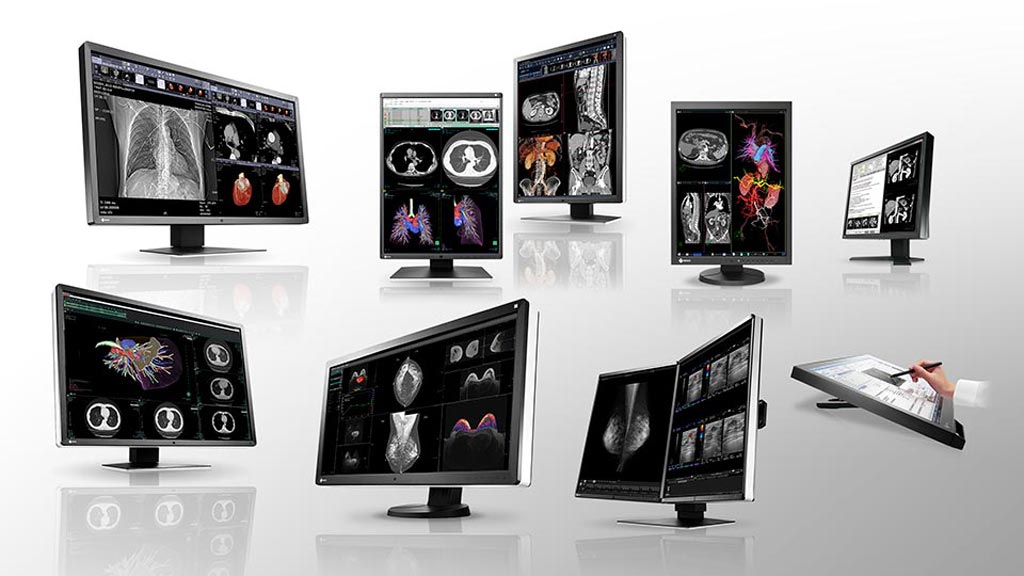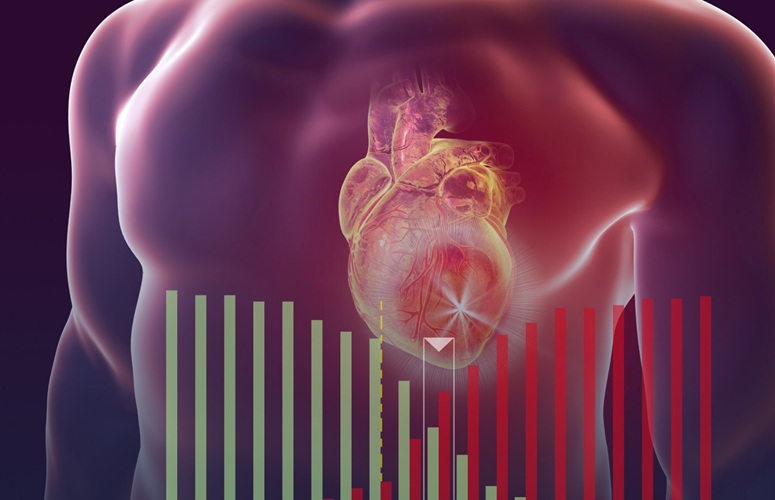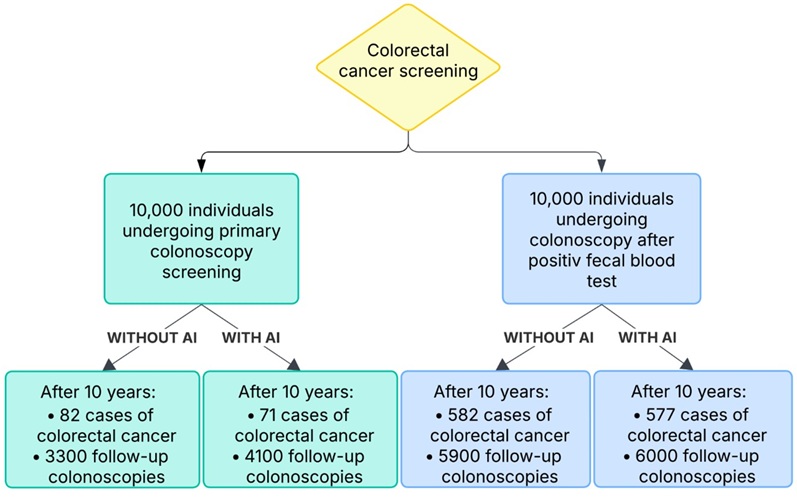EIZO Presents New Radiological Monitor Solutions at Vienna Trade Fair
|
By HospiMedica International staff writers Posted on 01 Mar 2019 |

Image: Various monitors for radiology diagnostic solutions (Photo courtesy of EIZO).
Eizo Corporation (Hakusan, Ishikawa Prefecture, Japan) presented its latest solutions for image reproduction in radiology at the European Congress of Radiology in Vienna, Austria.
The highlights at the Eizo stand included the RadiForce GX560 MammoDuo, a 5-megapixel grayscale monitor. With two 21.3-inch and 5-megapixel resolution monitors, it is ideal for breast imaging. Its space-saving design and new functionalities ensure greater efficiency in reading rooms. Since the GX560 MammoDuo set consists of two monitors on a single stand, it requires far less space than conventional side-by-side configurations do.
Additionally, with the aid of the RadiForce RX660, Eizo demonstrated Work-and-Flow functionalities at ECR that offer radiologists efficient tools in diagnostics. One of these is the Point-and-Focus functionality, which makes it easy for users to select and highlight the analysis field. Users can quickly select and focus on relevant image sections using their mouse or keyboard. By adjusting the brightness and grayscale, selected parts of an image are highlighted by dimming the surrounding areas.
At ECR 2019, Eizo presented its monitors that ensure proper image reproduction in clinical departments during medical review. These MX-Series monitors, such as the RadiForce MX315W, can even be used in diagnostics, depending on the model and examination method. Its large display surface provides enough space for many images to be displayed as well as for 3D reconstructions. It displays radiological images with DICOM grayscale characteristics correctly.
The company also demonstrated the latest version of RadiCS, an Eizo quality control solution. The software provides comprehensive monitor maintenance and validation. Calibration, acceptance, consistency testing and archiving consist of its many image quality control functionalities. Eizo highlighted its wide range of screens by exhibiting the EX3140 endoscopy monitor with 4K UHD resolution from the CuratOR series for operating theatre solutions. The company also presented its independent video distribution method on a remote screen that can be used in an operating theatre or a room where X-ray results are discussed, for example.
The highlights at the Eizo stand included the RadiForce GX560 MammoDuo, a 5-megapixel grayscale monitor. With two 21.3-inch and 5-megapixel resolution monitors, it is ideal for breast imaging. Its space-saving design and new functionalities ensure greater efficiency in reading rooms. Since the GX560 MammoDuo set consists of two monitors on a single stand, it requires far less space than conventional side-by-side configurations do.
Additionally, with the aid of the RadiForce RX660, Eizo demonstrated Work-and-Flow functionalities at ECR that offer radiologists efficient tools in diagnostics. One of these is the Point-and-Focus functionality, which makes it easy for users to select and highlight the analysis field. Users can quickly select and focus on relevant image sections using their mouse or keyboard. By adjusting the brightness and grayscale, selected parts of an image are highlighted by dimming the surrounding areas.
At ECR 2019, Eizo presented its monitors that ensure proper image reproduction in clinical departments during medical review. These MX-Series monitors, such as the RadiForce MX315W, can even be used in diagnostics, depending on the model and examination method. Its large display surface provides enough space for many images to be displayed as well as for 3D reconstructions. It displays radiological images with DICOM grayscale characteristics correctly.
The company also demonstrated the latest version of RadiCS, an Eizo quality control solution. The software provides comprehensive monitor maintenance and validation. Calibration, acceptance, consistency testing and archiving consist of its many image quality control functionalities. Eizo highlighted its wide range of screens by exhibiting the EX3140 endoscopy monitor with 4K UHD resolution from the CuratOR series for operating theatre solutions. The company also presented its independent video distribution method on a remote screen that can be used in an operating theatre or a room where X-ray results are discussed, for example.
Latest ECR 2019 News
Channels
Artificial Intelligence
view channel
Innovative Risk Score Predicts Heart Attack or Stroke in Kidney Transplant Candidates
Heart researchers have utilized an innovative risk assessment score to accurately predict whether patients being evaluated for kidney transplants are at risk for future major cardiac events, such as a... Read more
AI Algorithm Detects Early-Stage Metabolic-Associated Steatotic Liver Disease Using EHRs
Liver disease, which is treatable when detected early, often goes unnoticed until it reaches advanced stages. Metabolic-associated steatotic liver disease (MASLD), the most prevalent form of liver disease,... Read moreCritical Care
view channel
AI Eye Scans Could Help Identify Heart Disease and Stroke Risk
New research has explored the advantages of utilizing artificial intelligence (AI) retinal imaging for screening cardiovascular diseases in general practice (GP) clinics and highlighted areas where improvements... Read more
Digital Heart Twin Improves Diagnosis and Treatment of Cardiac Arrhythmias
Millions of individuals around the globe suffer from cardiac arrhythmias. Traditionally, electrocardiography (ECG) has been used to detect premature ventricular contractions (PVCs), one of the most common... Read more
First-Of-Its-Kind AI-Powered Probability Scoring System Assesses Heart Failure with Preserved Ejection Fraction
Heart failure with preserved ejection fraction (HFpEF) is one of the most difficult types of heart failure to diagnose due to the intricate interaction between various clinical and echocardiographic factors.... Read moreSurgical Techniques
view channel
New Transcatheter Valve Found Safe and Effective for Treating Aortic Regurgitation
Aortic regurgitation is a condition in which the aortic valve does not close properly, allowing blood to flow backward into the left ventricle. This results in decreased blood flow from the heart to the... Read more
Minimally Invasive Valve Repair Reduces Hospitalizations in Severe Tricuspid Regurgitation Patients
The tricuspid valve is one of the four heart valves, responsible for regulating blood flow from the right atrium (the heart's upper-right chamber) to the right ventricle (the lower-right chamber).... Read morePatient Care
view channel
Portable Biosensor Platform to Reduce Hospital-Acquired Infections
Approximately 4 million patients in the European Union acquire healthcare-associated infections (HAIs) or nosocomial infections each year, with around 37,000 deaths directly resulting from these infections,... Read moreFirst-Of-Its-Kind Portable Germicidal Light Technology Disinfects High-Touch Clinical Surfaces in Seconds
Reducing healthcare-acquired infections (HAIs) remains a pressing issue within global healthcare systems. In the United States alone, 1.7 million patients contract HAIs annually, leading to approximately... Read more
Surgical Capacity Optimization Solution Helps Hospitals Boost OR Utilization
An innovative solution has the capability to transform surgical capacity utilization by targeting the root cause of surgical block time inefficiencies. Fujitsu Limited’s (Tokyo, Japan) Surgical Capacity... Read more
Game-Changing Innovation in Surgical Instrument Sterilization Significantly Improves OR Throughput
A groundbreaking innovation enables hospitals to significantly improve instrument processing time and throughput in operating rooms (ORs) and sterile processing departments. Turbett Surgical, Inc.... Read moreHealth IT
view channel
Printable Molecule-Selective Nanoparticles Enable Mass Production of Wearable Biosensors
The future of medicine is likely to focus on the personalization of healthcare—understanding exactly what an individual requires and delivering the appropriate combination of nutrients, metabolites, and... Read more
Smartwatches Could Detect Congestive Heart Failure
Diagnosing congestive heart failure (CHF) typically requires expensive and time-consuming imaging techniques like echocardiography, also known as cardiac ultrasound. Previously, detecting CHF by analyzing... Read morePoint of Care
view channel
Handheld, Sound-Based Diagnostic System Delivers Bedside Blood Test Results in An Hour
Patients who go to a doctor for a blood test often have to contend with a needle and syringe, followed by a long wait—sometimes hours or even days—for lab results. Scientists have been working hard to... Read more
Smartphone-Enabled, Paper-Based Quantitative Diagnostic Platform Transforms POC Testing
Point-of-care diagnostics are crucial for public health, offering rapid, on-site testing that enables prompt diagnosis and treatment. This is especially valuable in remote or underserved regions where... Read moreBusiness
view channel
Expanded Collaboration to Transform OR Technology Through AI and Automation
The expansion of an existing collaboration between three leading companies aims to develop artificial intelligence (AI)-driven solutions for smart operating rooms with sophisticated monitoring and automation.... Read more



















